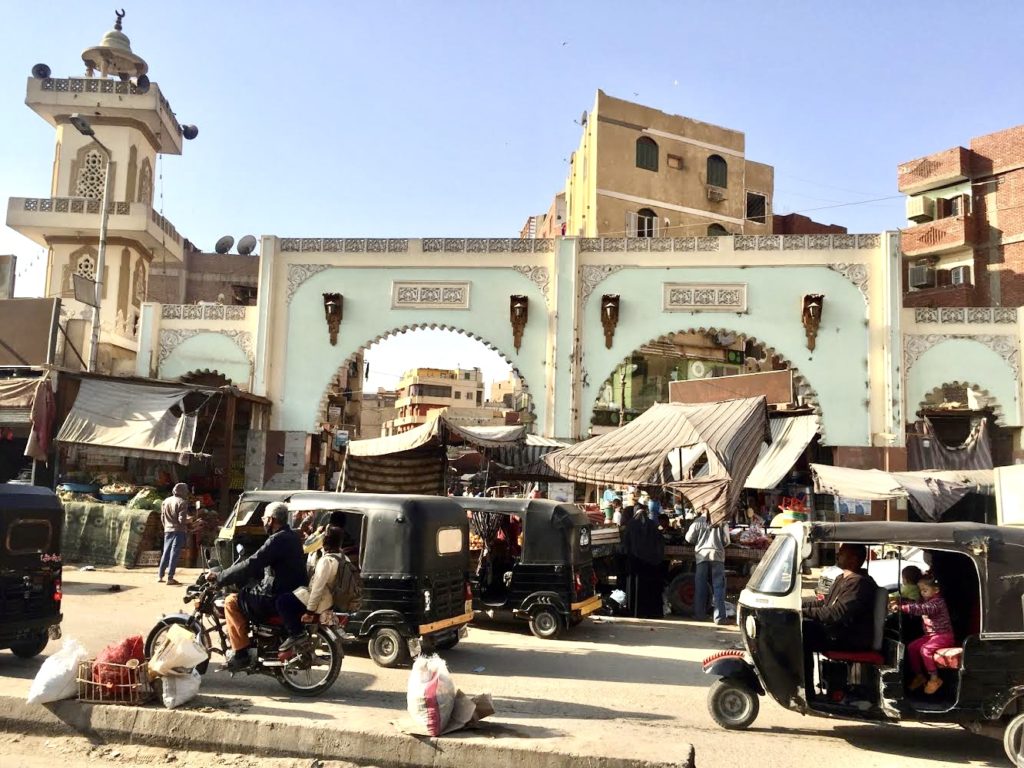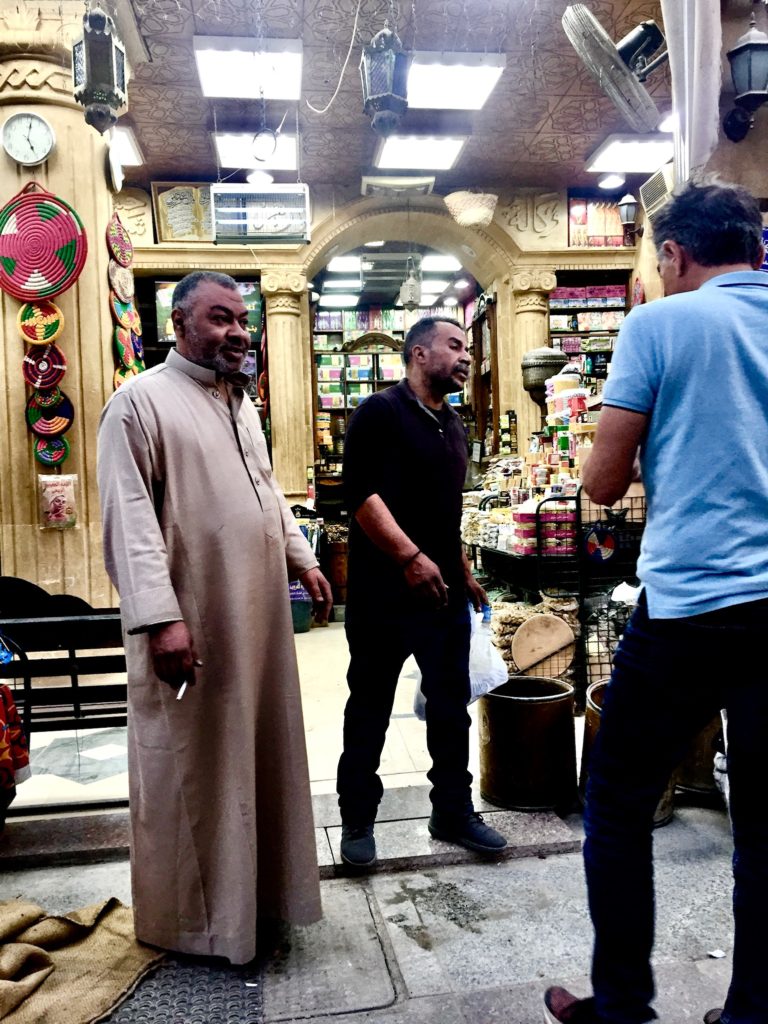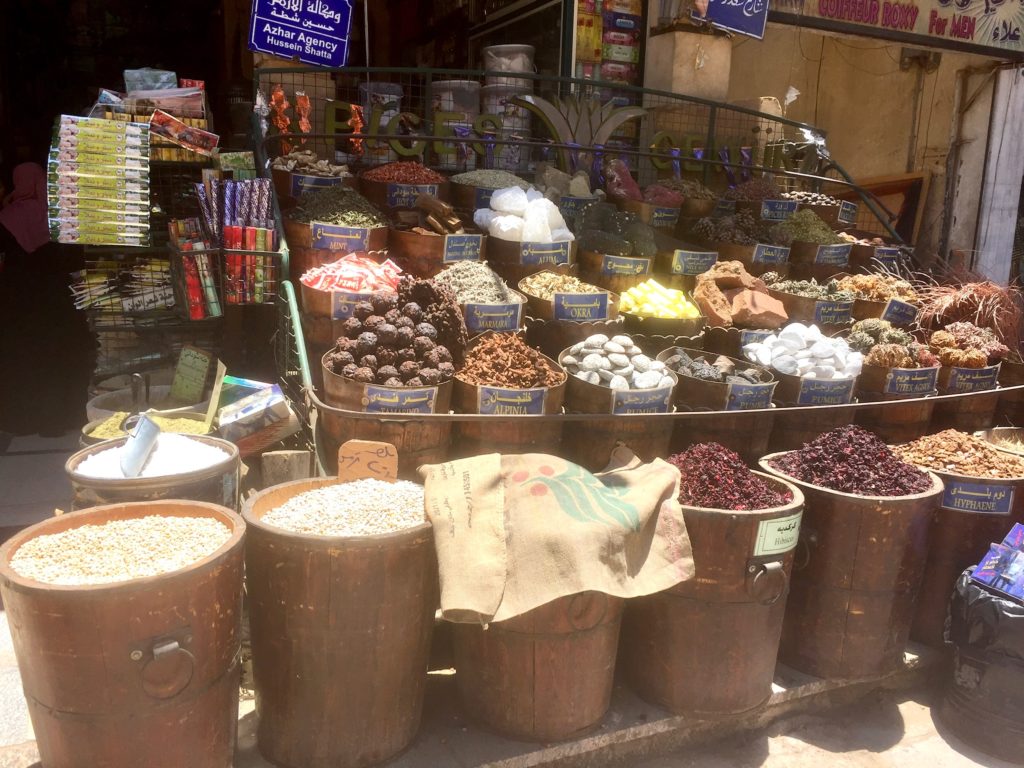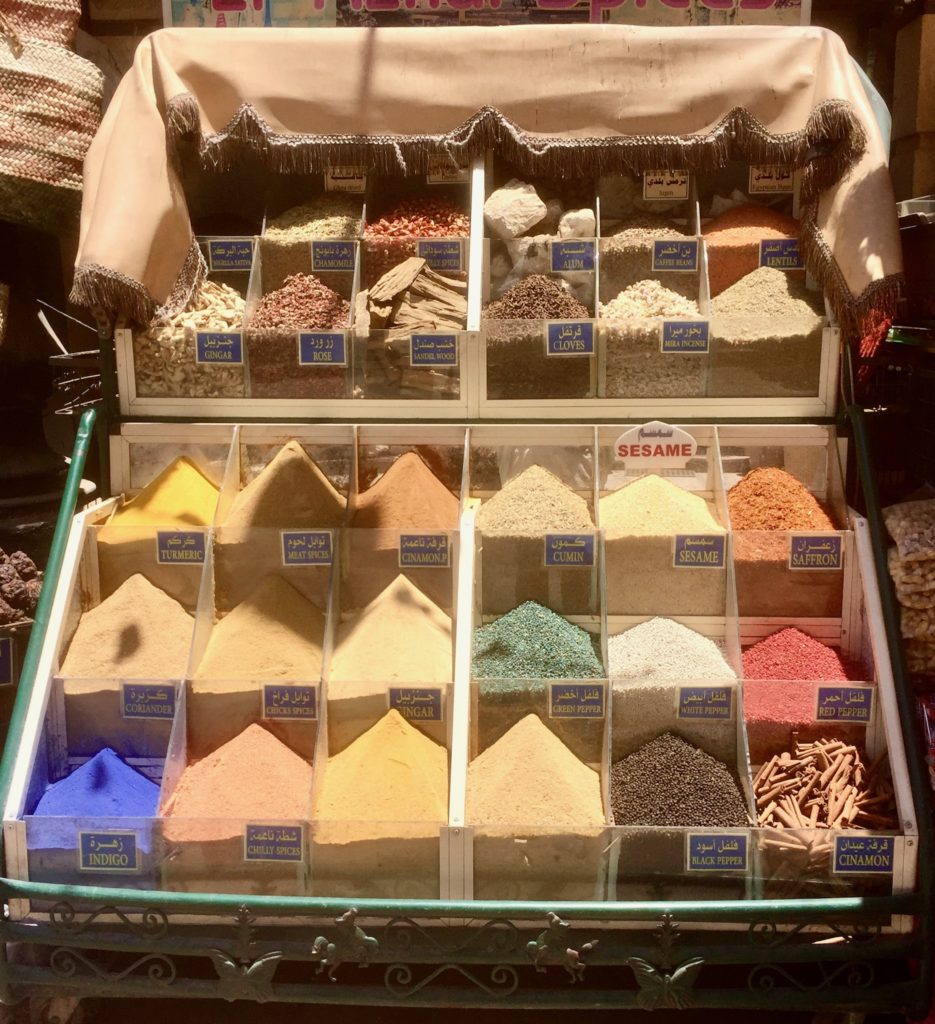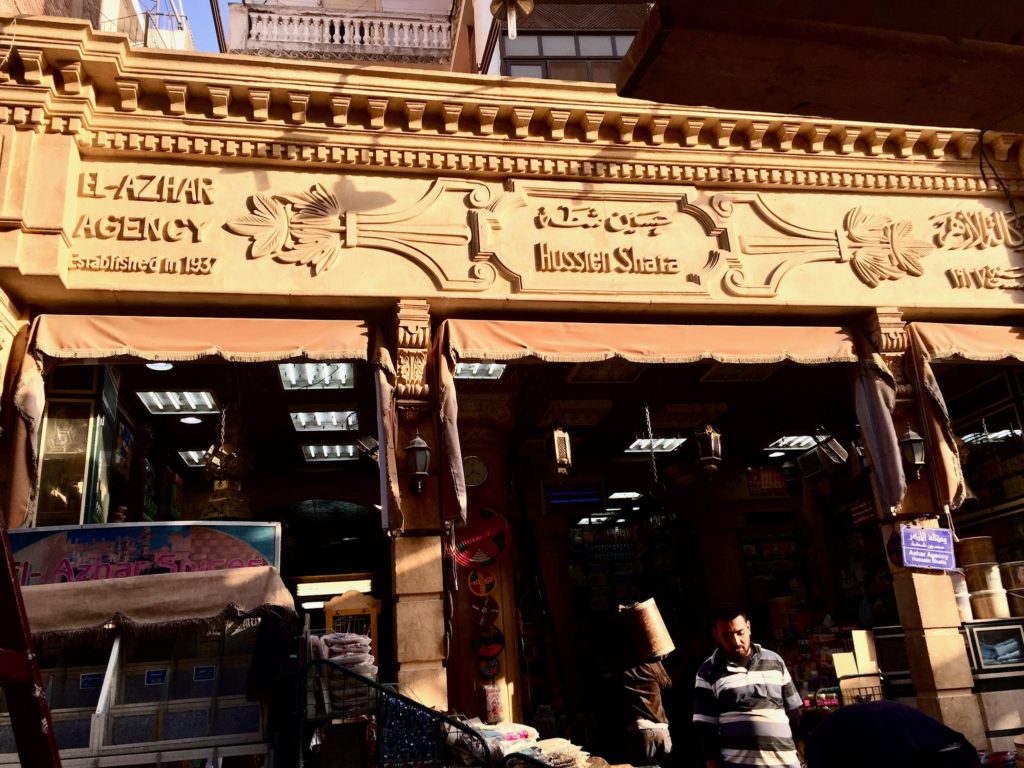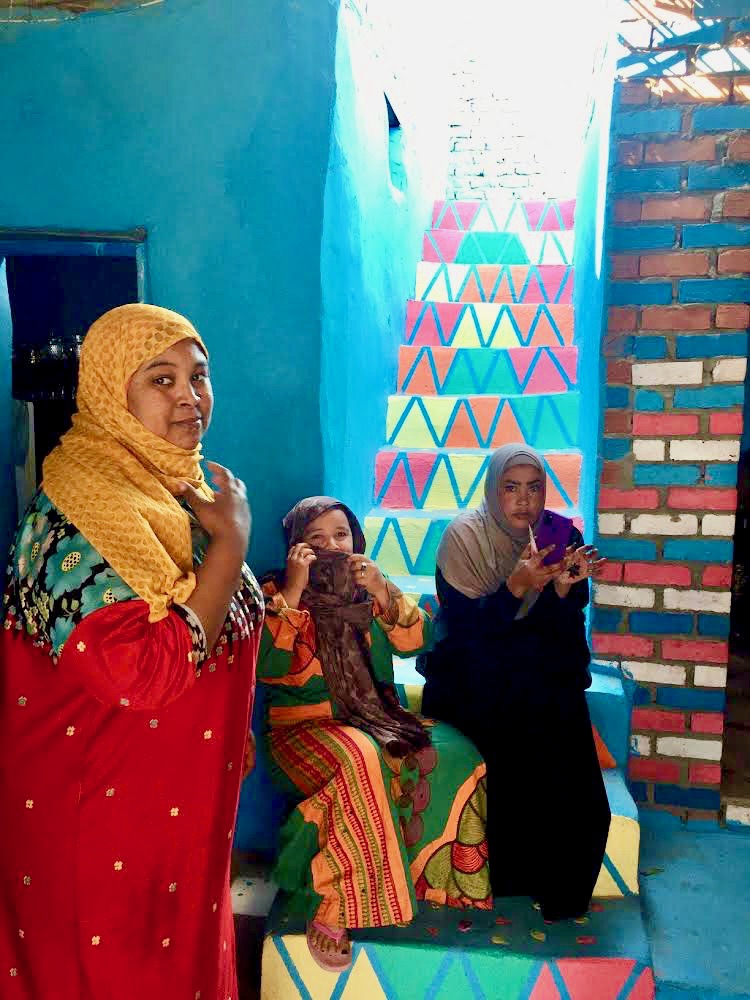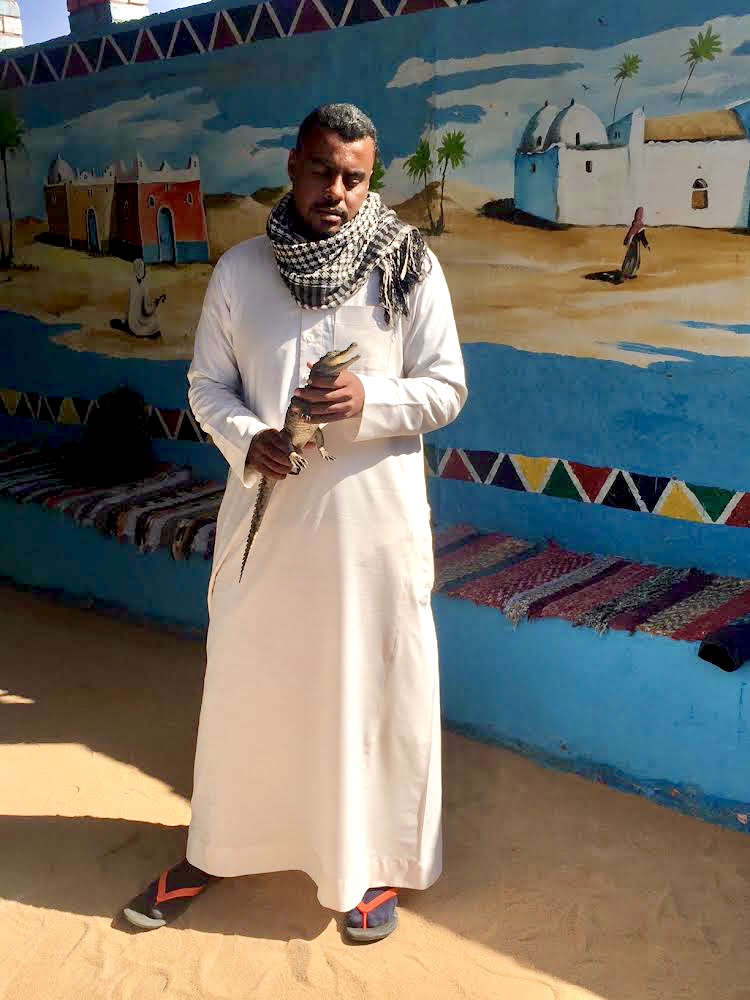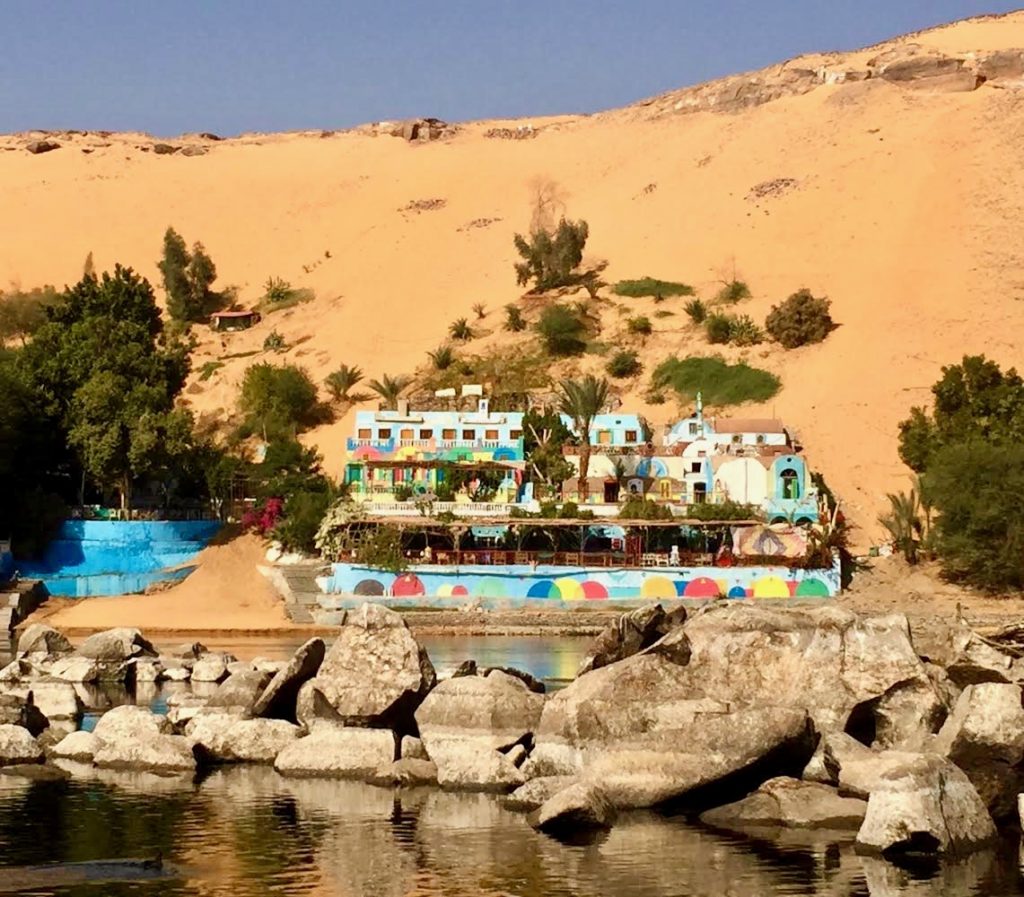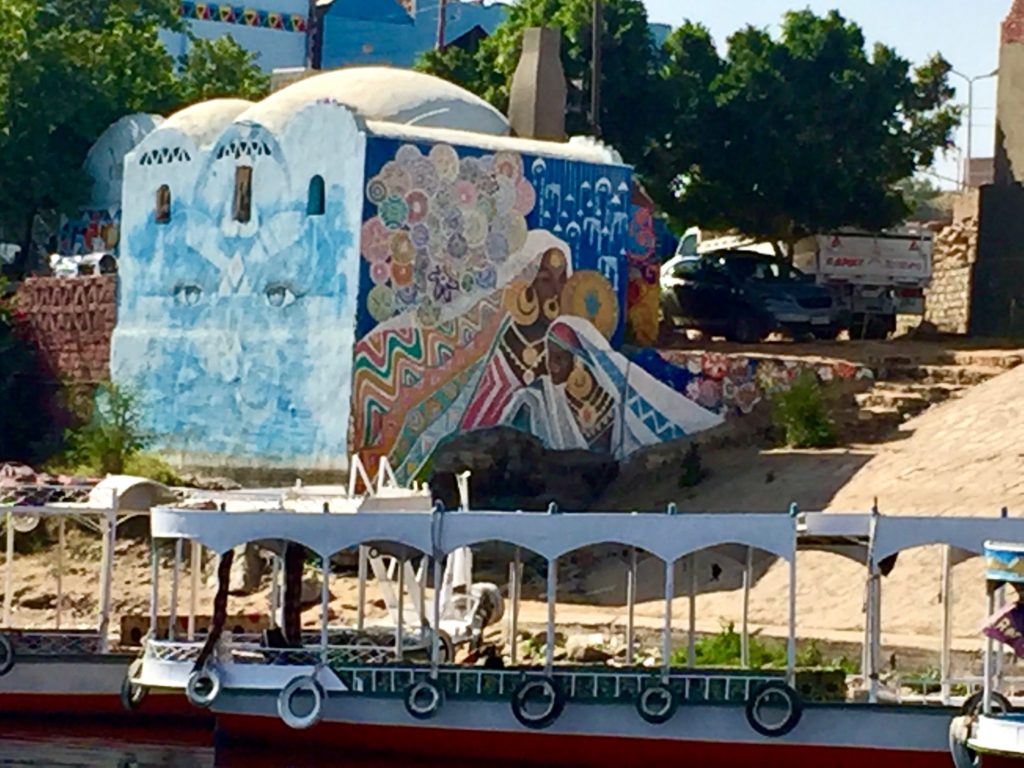This map of Egypt shows Upper Egypt in the South and Lower Egypt in the North. Abu Simbel, the jewel of Pharaonic Temples is at bottom; major port city of Alexandria at top on Mediterranean is not marked
Meanwhile, on to Upper Egypt — The Deep South. December, 2020. The country, culture and history of Egypt is divided between Upper (South Egypt) and Lower (Northern Egypt). This is counter intuitive — the southern part of the country is Upper Egypt? — but this distinction is based on geography. Upper Egypt in the south is at higher elevations. Heading north, the country becomes increasing lower and settles into the huge sector, the Nile Delta, at near sea level. Ultimately, the northern lands of the Nile Delta are so low that the land and river flow right into the Mediterranean. The jewel city of the delta region is including the northern port city of Alexandria, right on the Mediterranean.
Meanwhile, let’s switch sectors; heck, and even millenium. For the 2020 Christmas holidays, I travelled from urban Cairo, a mix of modern and medieval, located in the north (Lower Egypt) and time traveled back to Pharaonic times in south (Upper Egypt). Saying goodbye to cosmo Cairo, I first travelled to the southern most major metro area, Aswan. I then headed even further south to the temple at Abu Simbel in the rural hinterlands of Aswan. The Abu Simbel is about 25 miles from the border with Sudan, the land of Nubian People. Aswan is the regional center and home of the famous Aswan dam that tamed the the Nile and created the huge Aswan Lake. The dam and lake is quite the tourist attraction; I guess analogous to Hoover Dam in Nevada. Aswan, located on the Nile is mixed Egyptian/Nubian but further south, everything becomes really Nubian. Heading west into the desert opens up the traditional Bedouin territory. I saw nomadic Bedouins with their camp on the banks of the NIle, near the Nubian Village.
Background: There is an open ended debate about the very history and nature of Egyptian. Some basic questions are up for grabs, such as:
- Are modern day Egyptian related to the ancient Egyptians (ethnically, genetically, etc.)?
- Is Egypt truly an Arab country? Evidence exists that Egypt may be a hybrid society like an Afro-Arab or Egypto-Arabian country; or flat out not really an Arab country.
- Is Egypt really an African country?
A trip to Upper Egypt, especially one that goes to the Sudan borders brings these questions into sharp relief. Upper Egypt in the south is a far cry from the more Arab Lower Egypt found in northern parts, such as for example, Cairo or all of Lower Egypt. One photo will make clear just how muddled this is, (does that phrase even make sense?) This picture below is of an average Aswanite. What is this guys heritage? Does he look more like a Lower Egyptian; or a Greco-Roman; or a Semite (both Hebrews and Arabs are Semitic tribes); perhaps with a little Afro-Nubian thrown into the mix?

As to question about how African is Egypt, there are some people in Aswan who are real clear on the relation of Aswan to Africa. I am not sure large parts of Africa or Egypt are going to buy this idea:
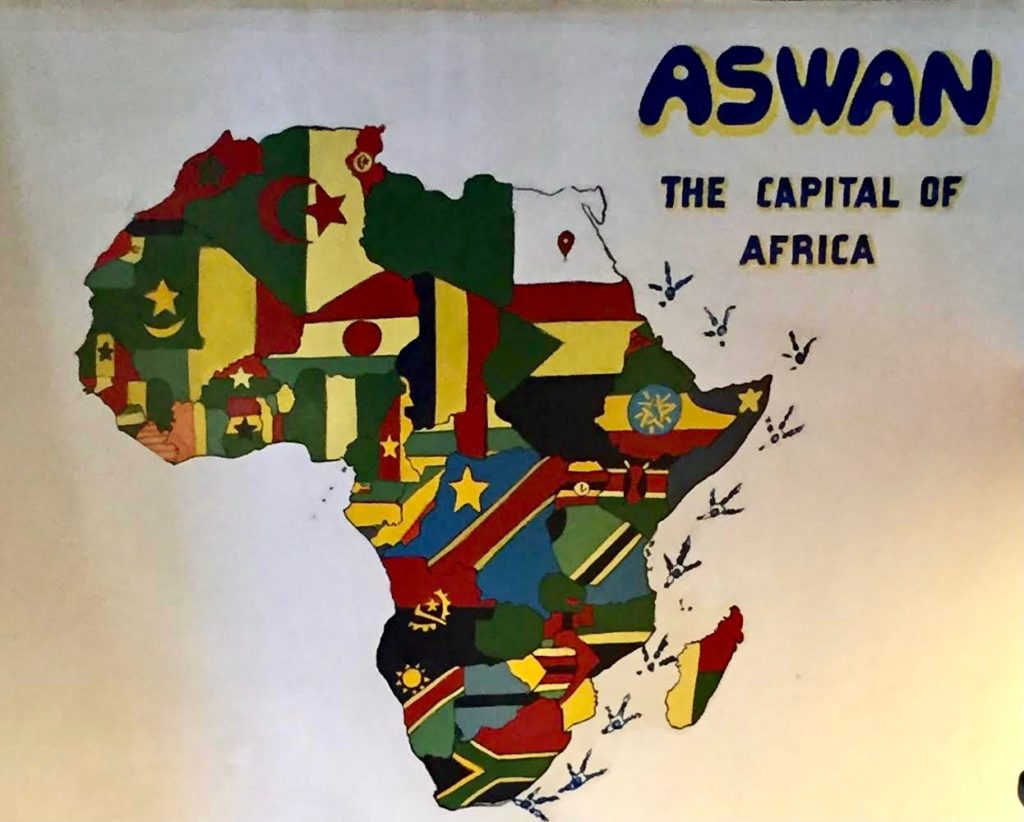
Aswan — The Regional Hub of S. Egypt with a population of 1.5 million
The Nile is divided into channels at Aswan as several long, this islands create separate fingers of river that cut up what otherwise would be one very wide Nile:
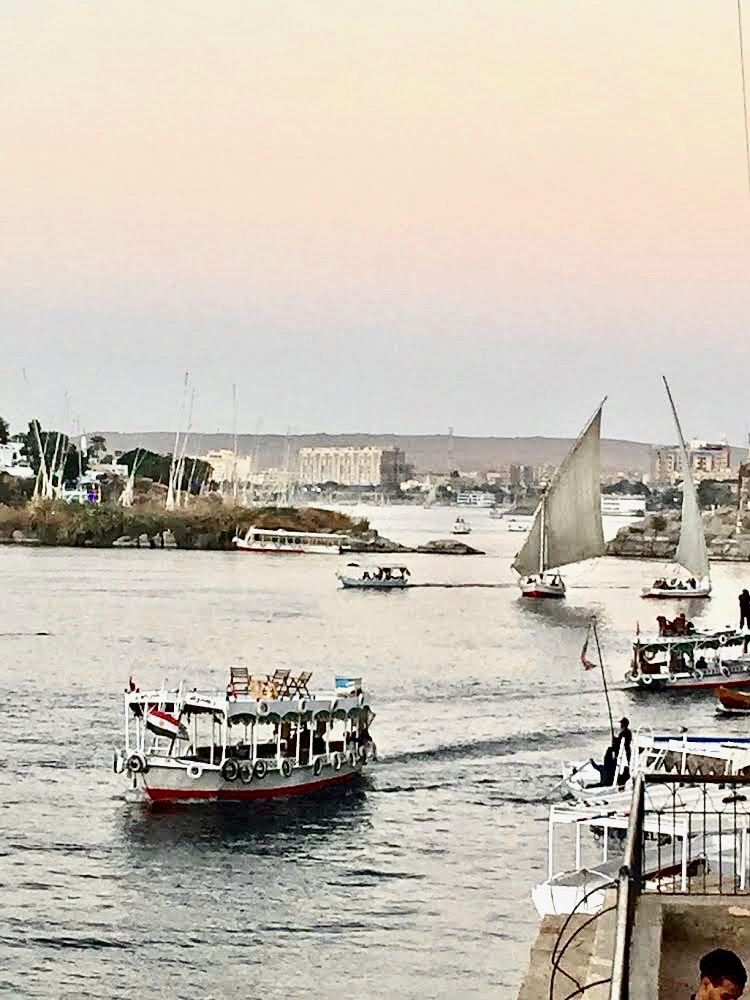
The hustle and bustle of the local market:
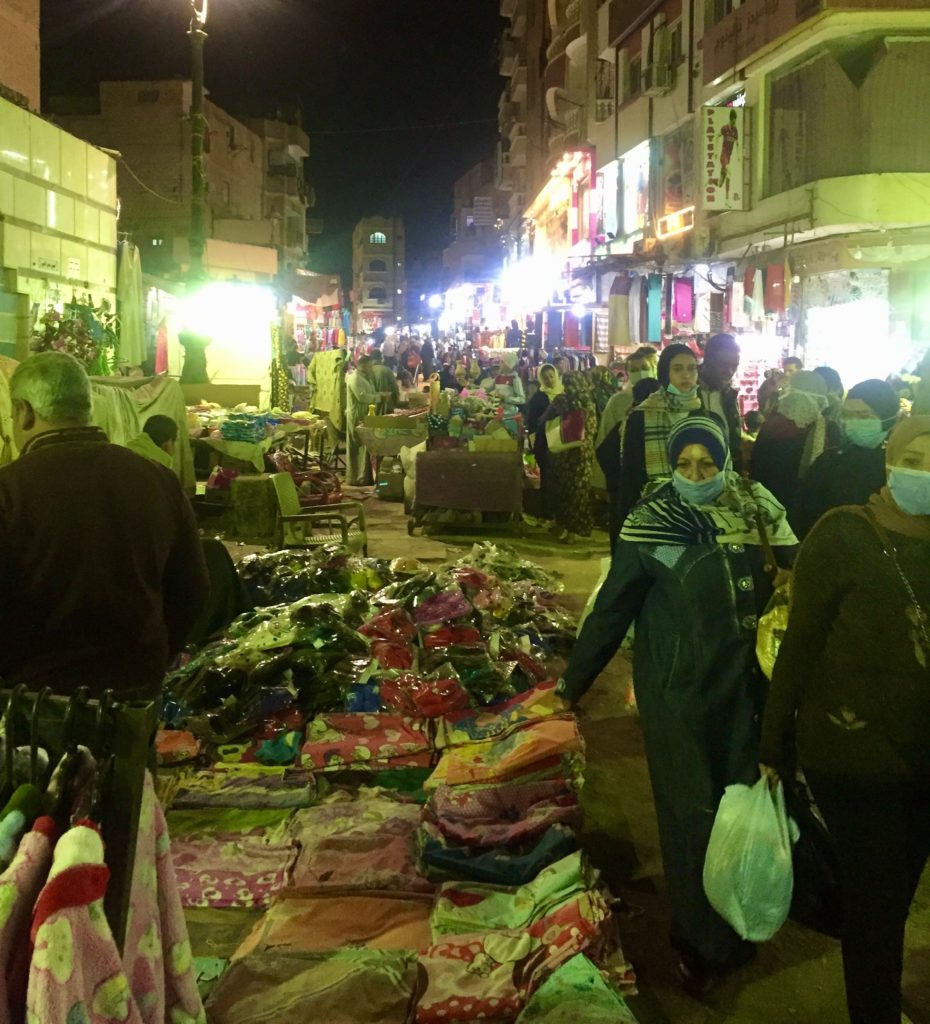
Sunset on the Nile:
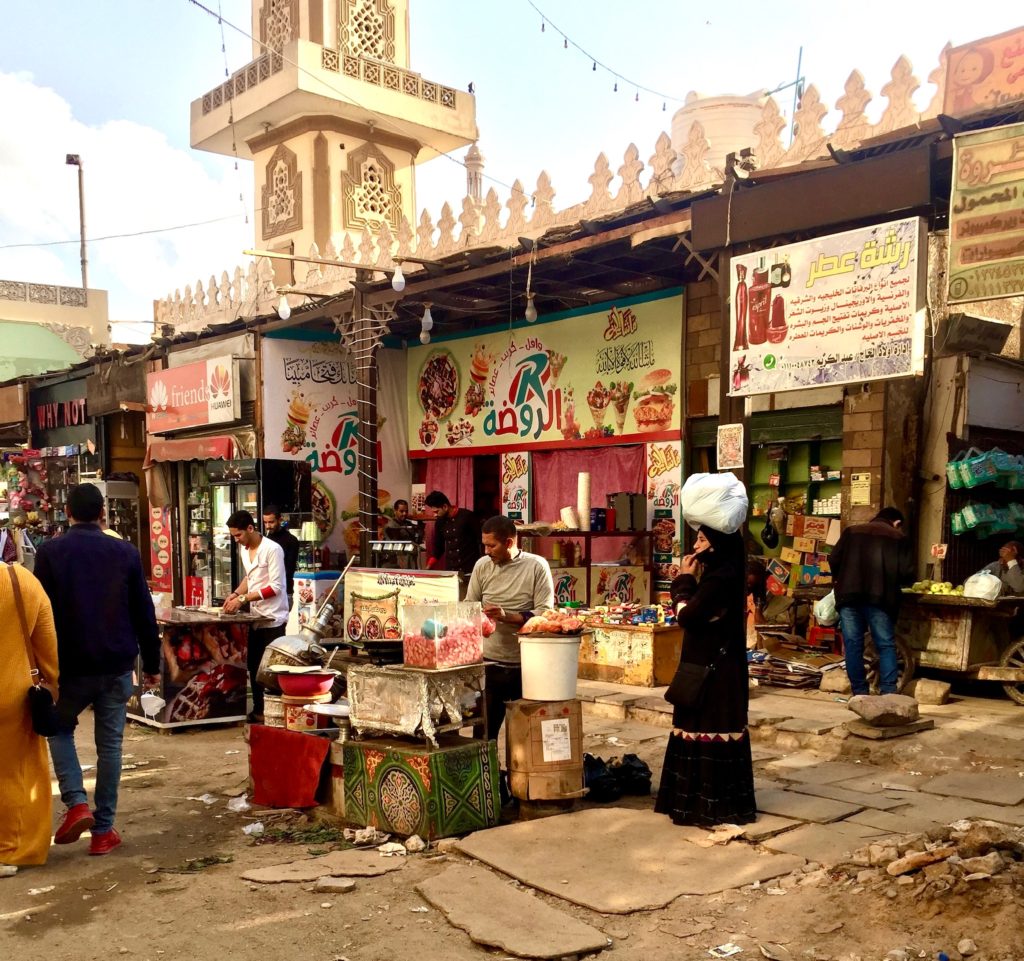
The famous shop of Hussein Shara From 1937 and my new BFF (Best Friend Forever), Mr Shara. PLEASE expand the top photos to savor the flavor of this market; especially to appreciate the surprise prize in the middle photo!
Focus on Women, the Glue that Holds Society Together The beauty of Aswan, and the dignity (and modesty) of its women, can be seen in an Nubian woman overlooking the Nile:
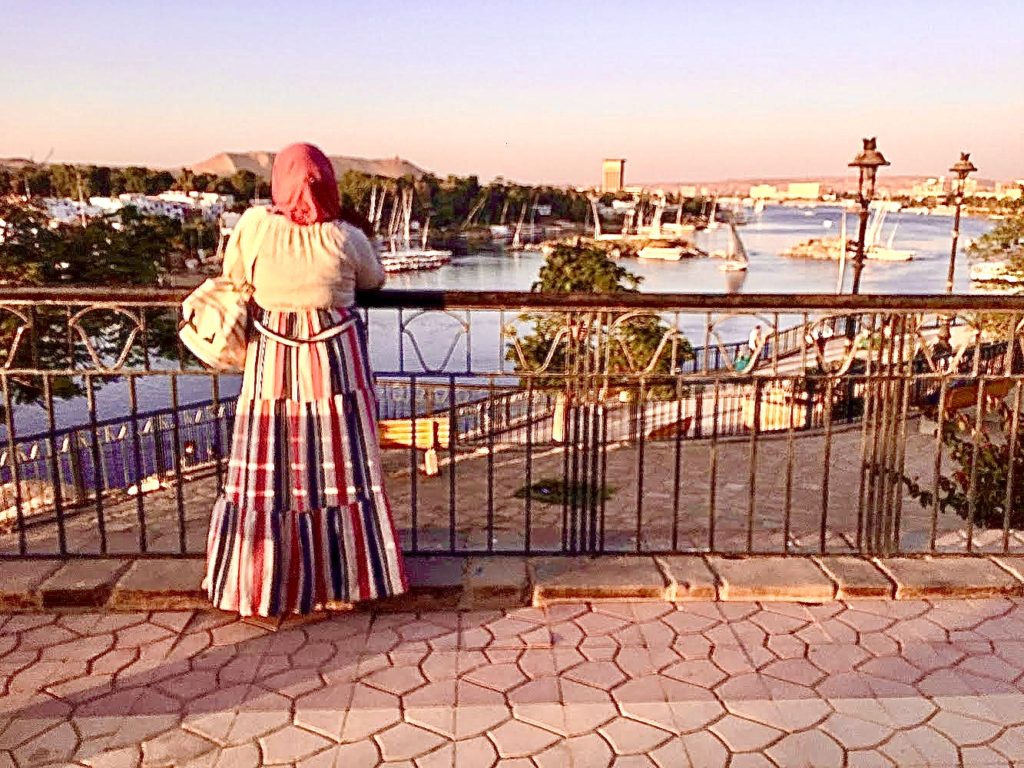
Heck, let’s head south to a traditional Nubian village, which are the pictures with blue buildings. The charm and dignity of Nubia can be seen in the women in their villages. You see this quiet dignity less so in the village men. Exhibit “A” is my tour boat captain who, after taking us by boat to this village, followed us around trying to find things to get our attention:
Travels to the Nubian Village
I took a short boat ride down the Nile from Aswan, heading south to reach the Nubian Village. The village which is still in Egypt but almost at the Sudan border. All the photos in “Nubian Blue” are from the village. The boat route from Aswan to the Nubian village are the top two photographs:
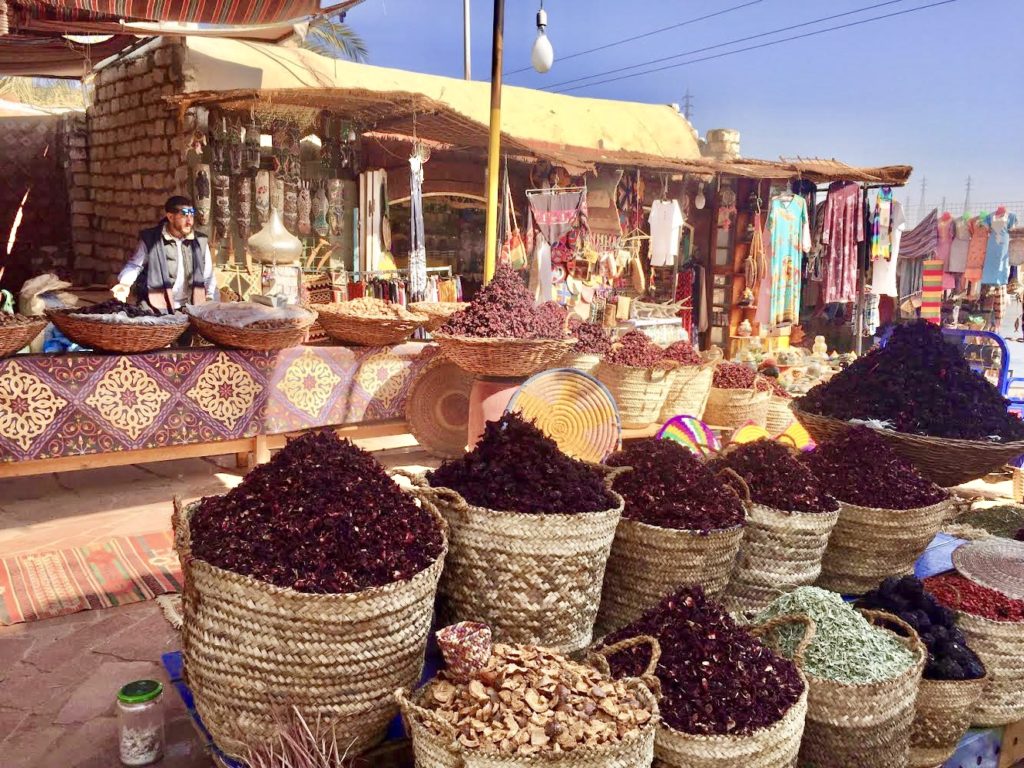
Here they are. This village is blue, blue, blue and I really like it!
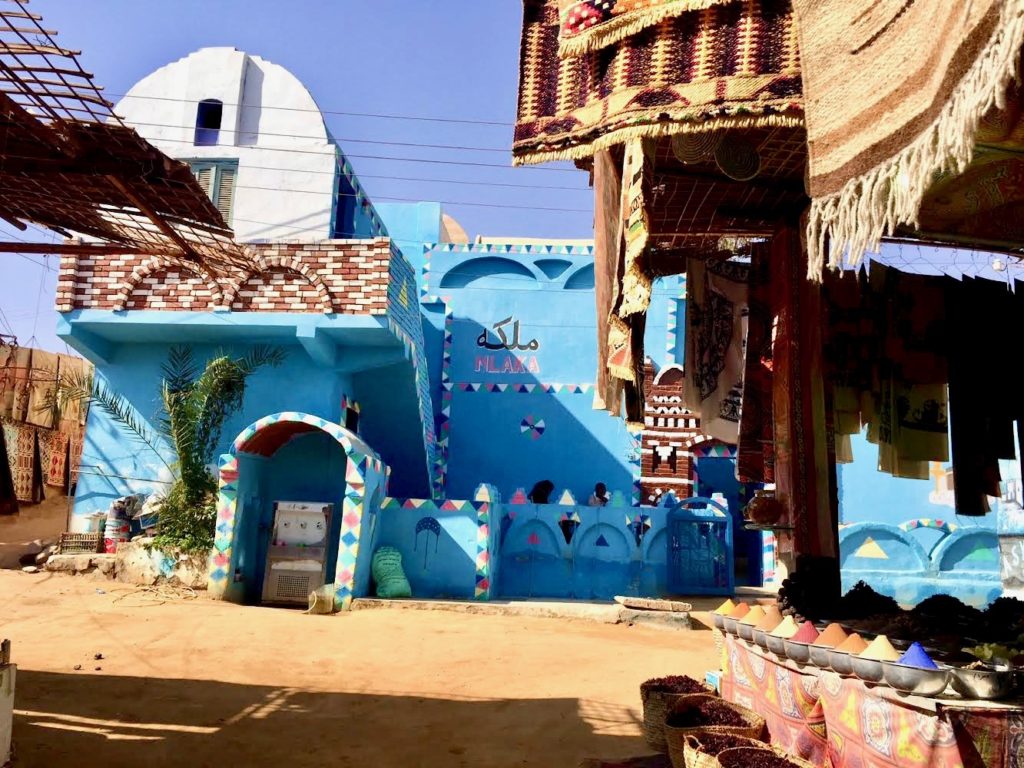
And of course, the obligatory Nubian camel photograph:
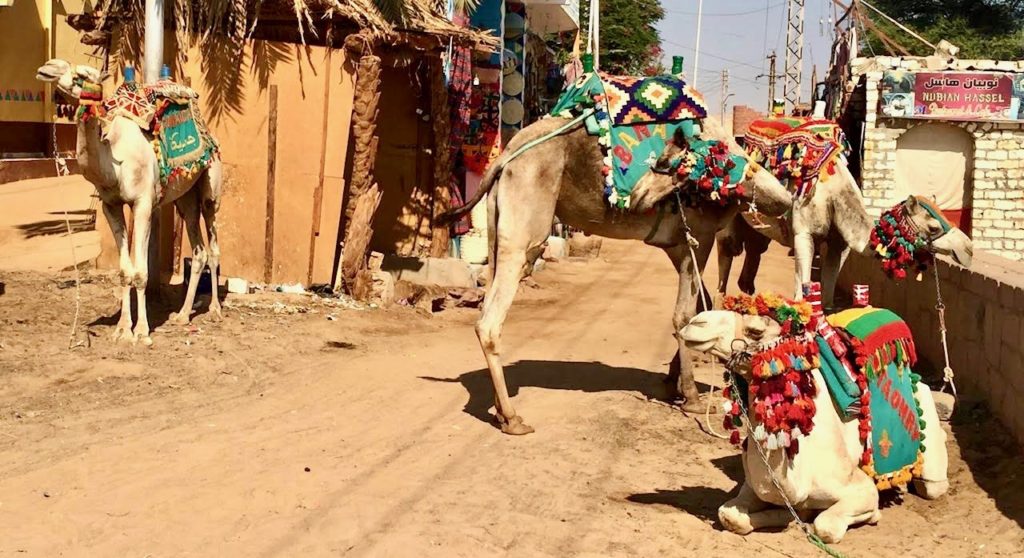
Related Ramses II articles are on this website (templesandtribes.net) These articles are under “Historic News” in Table of Contents. In addition, under “Travelogue-Egypt” There are other articles on Ancient Egypt. These articles below focus specifically on Ramses II: 1. Aswan Egypt Part II: Ramses II Protecting Egypt… 2. Sadly, Ramses II is the Fallen Ozymandias 3. Ramses - Don’t Mess with Moses

